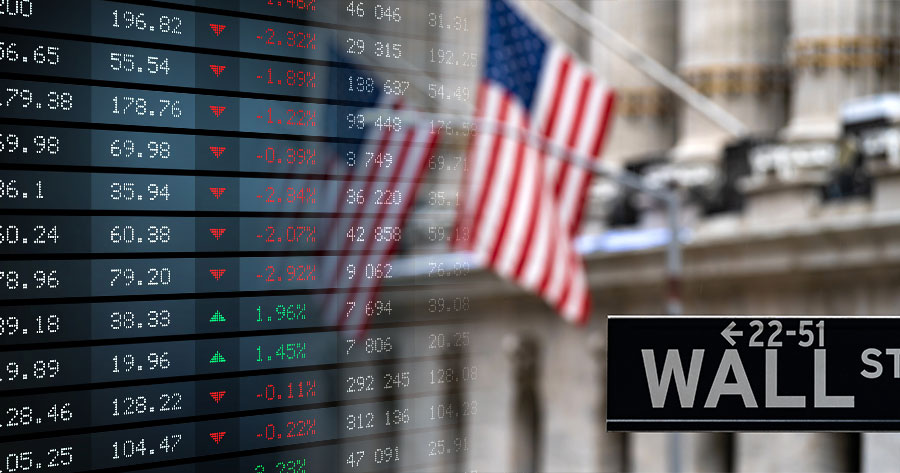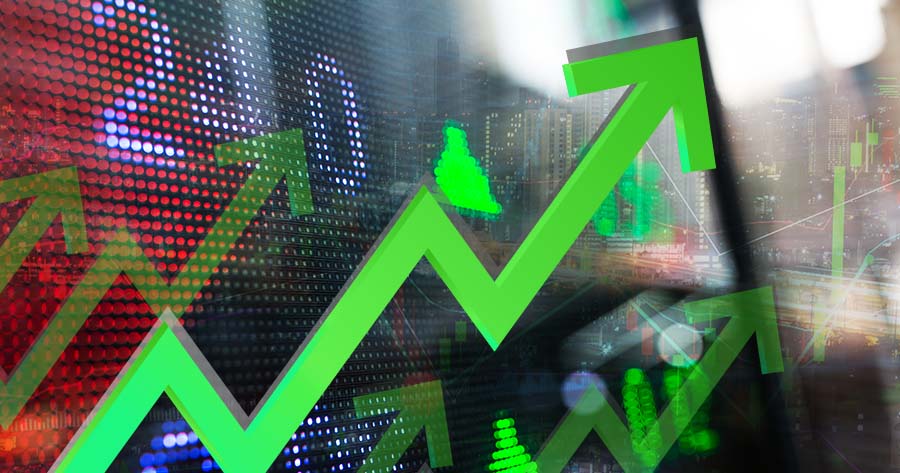Traders at Wall Street braces for more jitters in the market on Friday following another week of global turmoil.
According to Goldman Sachs Group Inc. in a quarterly event know as triple witching, approximately $3.5 trillion in single and index-level stocks options to expire.
In a quarterly event known as triple witching, roughly $3.5 trillion of single-stock and index-level options are set to expire, according to Goldman Sachs Group Inc. At the same time, more near-the-money options are maturing than at any time since 2019 — suggesting a bevy of investors will actively trade around those positions.
This triple wizardry coincides with a rebalancing of benchmarks, including the S&P 500 – a combination that tends to trigger daily volumes that rank among the highest of the year. According to an estimate by Howard Silverblatt, principal index analyst at S&P Dow Jones Indices, the index rebalancing alone could generate $33 billion in stock trades.
The Friday’s session comes just after S&P500 saw three-day jump supported by Fed’s optimism on a robust economic outlook and Chinese authors vowing more supporting to the economy and the financial markets. However, according to derivatives experts, the rally in S&P500 was mainly driven by dealer hedging short positions to balance out exposures as demand for equity hedges is high.
The real questions lies in whether investors will take protective put position amid Ukraine’s war uncertainty or push for a market rebound with new contracts “purchase”.
“I’ve never seen an environment where you’ve had so many potential overhangs in the market that can’t be controlled,” said David Wagner, portfolio manager at Aptus Capital Advisors, as reported by Bloomberg.
“We’ll see if people can see to redeploy their puts.”
In the past three sessions S&P500 has climbed almost 6%, underscoring the best rally since 2020.
The post-pandemic market saw high volume of derivatives explosion, underlying securities saw high swings back and forth. Nomura Holdings’ Charlie McElligott, this week’s advance in the S&P 500 was once again amplified by hedging activity from market makers, as reported by Bloomberg.
As Bloomberg puts it, the process is indeed complicated but it goes like when a broker sells a put option they are essentially betting on the underlying asset to rise. In oder to offset the unwanted directional risks, the market maker maintains a neutral position by selling a portion of the asset. When the put options expire or are exercised, it will reverse these hedging moves, potentially creating a tailwind for the asset.
Another factor implicating dealers is their current “short gamma” or “short delta” stance which forces them to follow prevailing market trends: buy stocks when they go up and sell when they go down.
The exposure to S&P500 commodities at the start of the week was near historic high “short gamma” level, according to McElligott, cross-asset strategies at Nomura, as reported by Bloomberg. He further notes, three days later, it turned into “zero-gamma”. Along the way, dealers were forced to buy back stocks and close their short positions.
The derivatives market sees another cautions with market sentiment and institutional fund exposure to equities at multi-year lows. The 20-day average of the Cboe’s put-to-call ratio for stocks, for example, is near a two-year high, according to Bloomberg data.
“We see a general trend of continued risk aversion among investors and expect the stock market to remain volatile,” said Steve Sears, president of Options Solutions.
“There are so many major events that could change the pace of the market that hedging and patient courage seems to be the message of the options market.”
“The most attractive options are the close-to-the-money options because as we approach expiry there is uncertainty as to whether or not they will end up in the money,” he said. he declares. “This uncertainty can cause investors to actively trade around these positions.”




